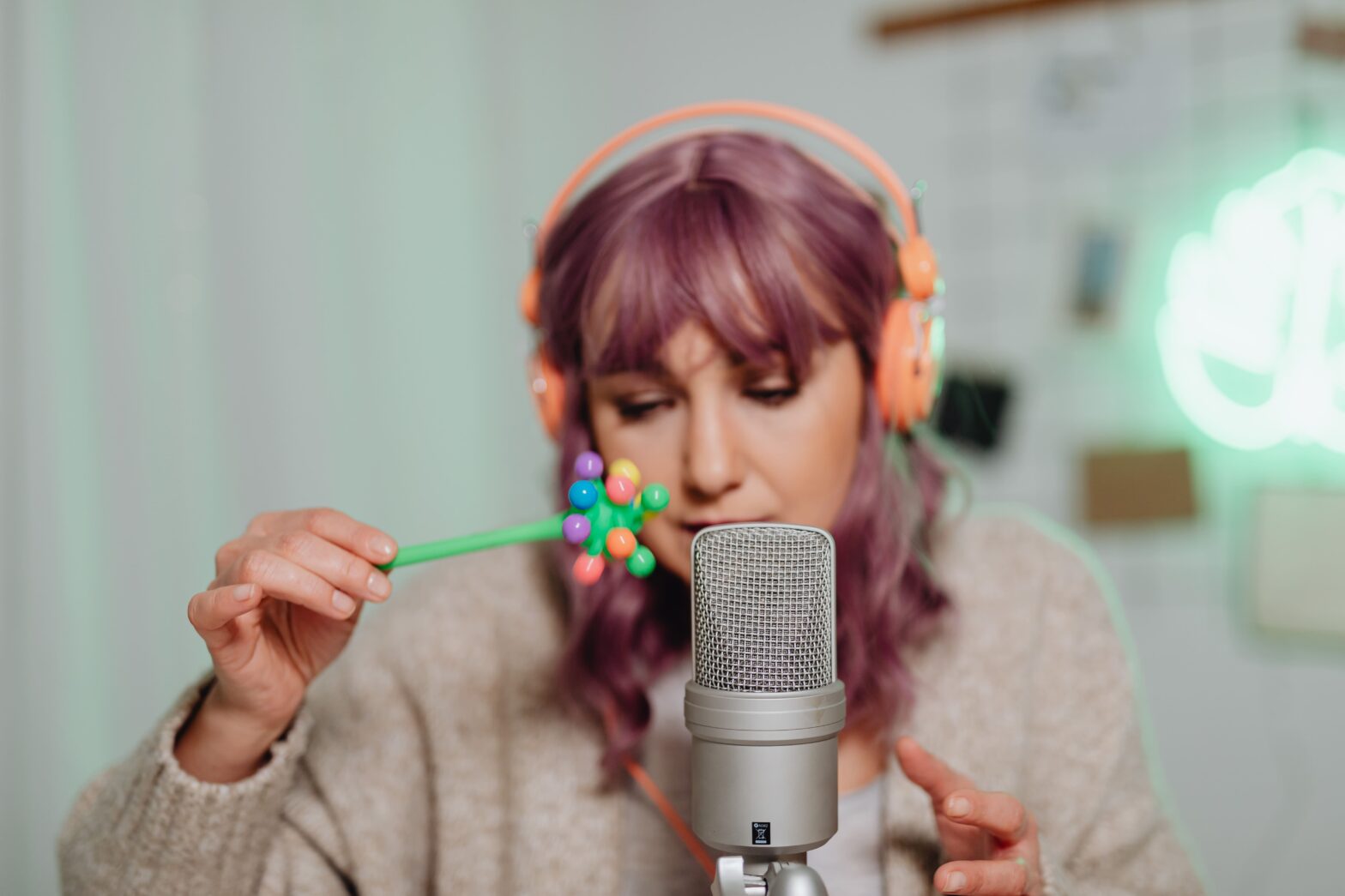Table of Contents
Have you ever experienced a pleasant, tingling sensation that seems to travel down your spine and relax your entire body when you hear certain sounds or watch specific videos? If so, you might have encountered ASMR, a unique and intriguing phenomenon that has gained popularity in recent years. In this article, we’ll explore the world of ASMR, what it is, how it works, and why so many people find it fascinating.
What is ASMR?
ASMR stands for Autonomous Sensory Meridian Response. It’s a term used to describe a tingling sensation that people often feel in response to certain visual, auditory, or tactile stimuli. These stimuli are commonly referred to as “triggers.” ASMR triggers can include soft-spoken voices, tapping, scratching, whispering, and various other sounds and movements.
The experience is often described as a calming and pleasurable sensation that begins in the scalp and travels down the neck and spine. Many people compare it to a gentle, static-like “tingle” or a soothing wave of relaxation.
How Does ASMR Work?
The exact mechanisms behind it are still not fully understood, but here’s a simplified explanation: When exposed to the triggers, some individuals’ brains release endorphins and induce a state of deep relaxation. It’s similar to the feeling you get when you receive a massage or listen to soothing music.
Not everyone experiences it, and its intensity can vary from person to person. What triggers effects for one person may not work for another, as individual preferences play a significant role in determining what induces this sensation.
Common Triggers:
- Whispering: Soft-spoken or whispered voices are a common trigger for ASMR. Many ASMR content creators on platforms like YouTube use this technique to help viewers relax.
- Tapping and Scratching: The sound of tapping on objects or gently scratching surfaces can trigger ASMR in some individuals.
- Personal Attention: Roleplays where the “ASMRtist” provides personal attention like hair brushing or makeup application can induce the effect.
- Crinkling Sounds: The crinkling of paper or plastic can create a soothing response.
- Eating Sounds: Some people experience it while listening to the sounds of eating or food preparation, although this trigger is more divisive.
Why Do People Enjoy it?
It can provide a range of benefits, including:
- Stress Relief: Many people find ASMR relaxing and use it as a way to unwind after a long day.
- Improved Sleep: ASMR videos and audio are often used to help with insomnia and promote better sleep.
- Anxiety Reduction: The calming effect of it can help alleviate anxiety and stress.
- Increased Focus: Some individuals use ASMR to enhance their concentration and productivity.
In a world filled with constant noise and distractions, ASMR offers a unique and simple way to find relaxation and comfort. If you’re curious, you can easily find videos and audio recordings online to see if you experience this pleasant sensation for yourself. Whether you’re looking to de-stress, improve sleep, or simply enjoy a new form of entertainment, ASMR might be worth exploring.
Remember, it is a personal experience, so don’t be discouraged if you don’t feel the tingles right away. Keep experimenting with different triggers to find what works best for you, and enjoy the soothing effects.
Want the same satisfying tingles as ASMR audios? Check out our Deep Focus playlist to get that relaxation effect!

